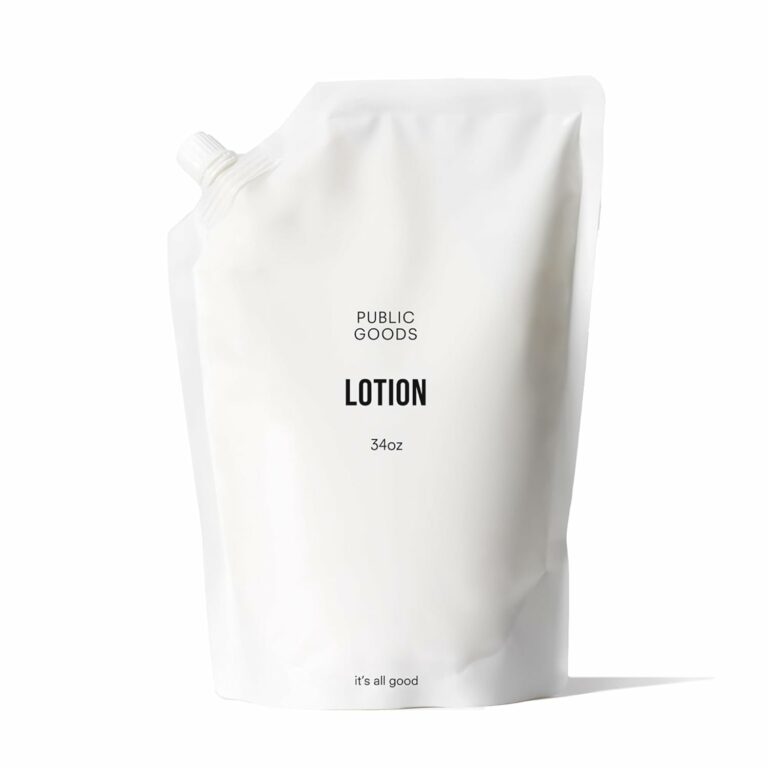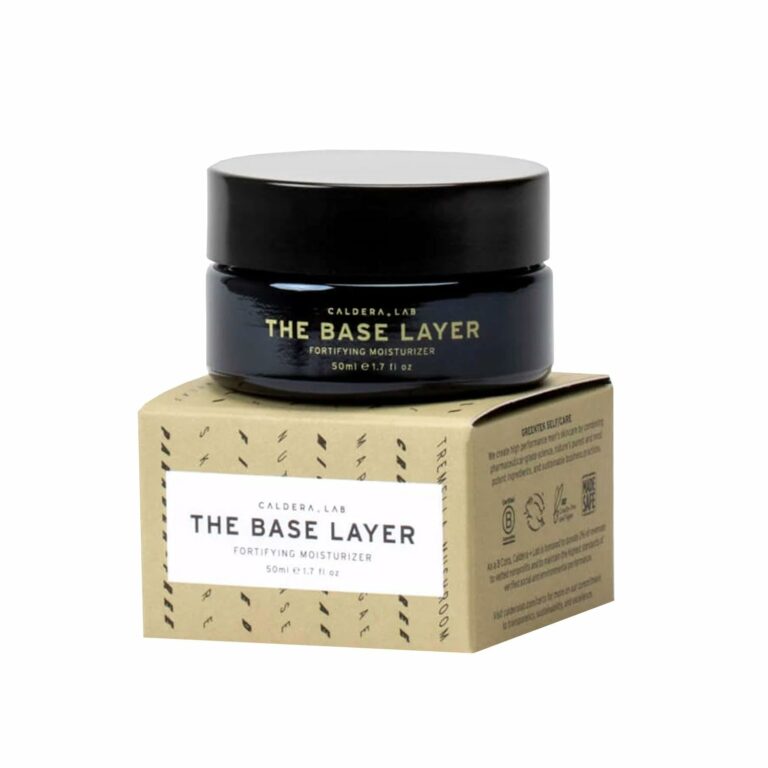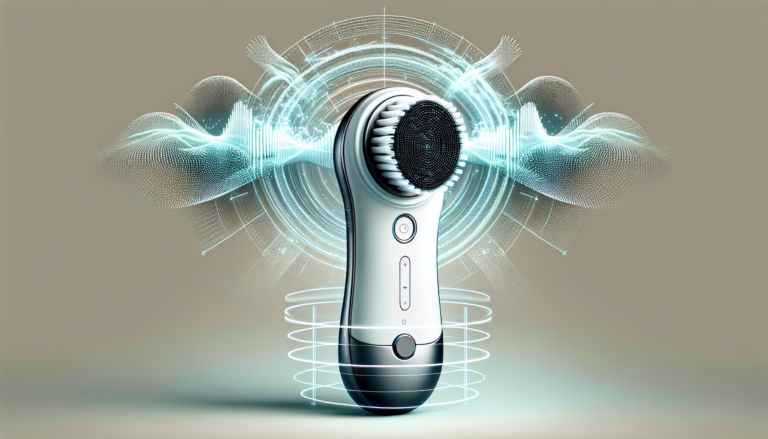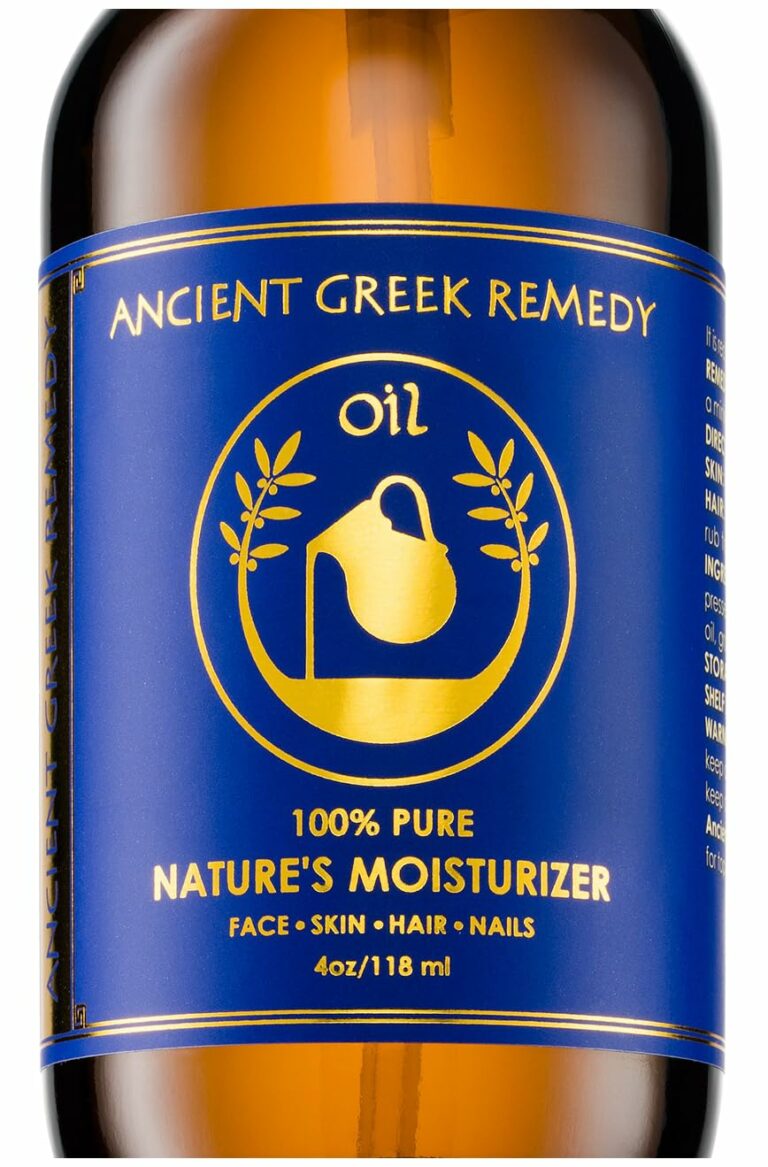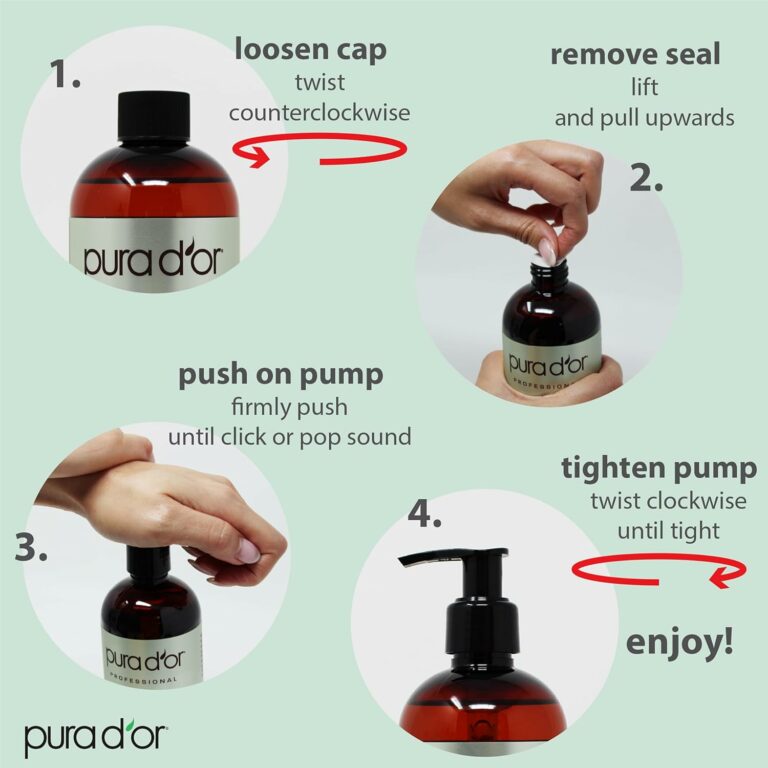Recognizing Your Skin’s Needs
Knowing your skin type is crucial for selecting the right skincare products and routines. The main skin types are:
- Oily Skin: Characterized by excess sebum production, often leading to a shiny complexion and prone to acne.
- Dry Skin: Often feels tight and may flake due to lack of moisture.
- Combination Skin: Features both oily and dry areas, typically an oily T-zone (forehead, nose, and chin) and drier cheeks.
- Sensitive Skin: Reacts easily to stimuli with redness, itching, or rashes.
- Normal Skin: Well-balanced skin; not overly dry or oily.
Identifying Your Type
Observe your skin throughout the day. Does it shine, especially in the T-zone? Do you notice dry patches? How does your skin react to new products? These observations are key to understanding your skin type.
Basic Steps in a Skincare Routine
1. Cleansing
The first step in any skincare routine. Choose a cleanser based on your skin type – gentle formulas for sensitive skin, hydrating ones for dry skin, and oil-free cleansers for oily skin.
2. Toning
Toners help to restore skin’s pH balance after cleansing. They can also provide additional cleansing and prep the skin for moisturizers.
3. Moisturizing
Essential for all skin types to keep skin hydrated and maintain its barrier function. Choose a formula suitable for your skin type – heavier creams for dry skin, lighter lotions for oily skin.
Pro Tip: For best results, apply products in order of consistency, from thinnest (like toners) to thickest (like creams).
Sun Protection in Skincare
Why It’s Essential
Sunscreen is a critical component of any skincare routine. It protects against UV rays that cause premature aging and skin cancer.
Choosing a Sunscreen
Look for broad-spectrum sunscreens that protect against both UVA and UVB rays. SPF 30 or higher is recommended. For oily or acne-prone skin, choose non-comedogenic formulas that won’t clog pores.
Application Tips
Apply sunscreen generously and evenly 15 minutes before sun exposure. Reapply every two hours, or more frequently if swimming or sweating.

